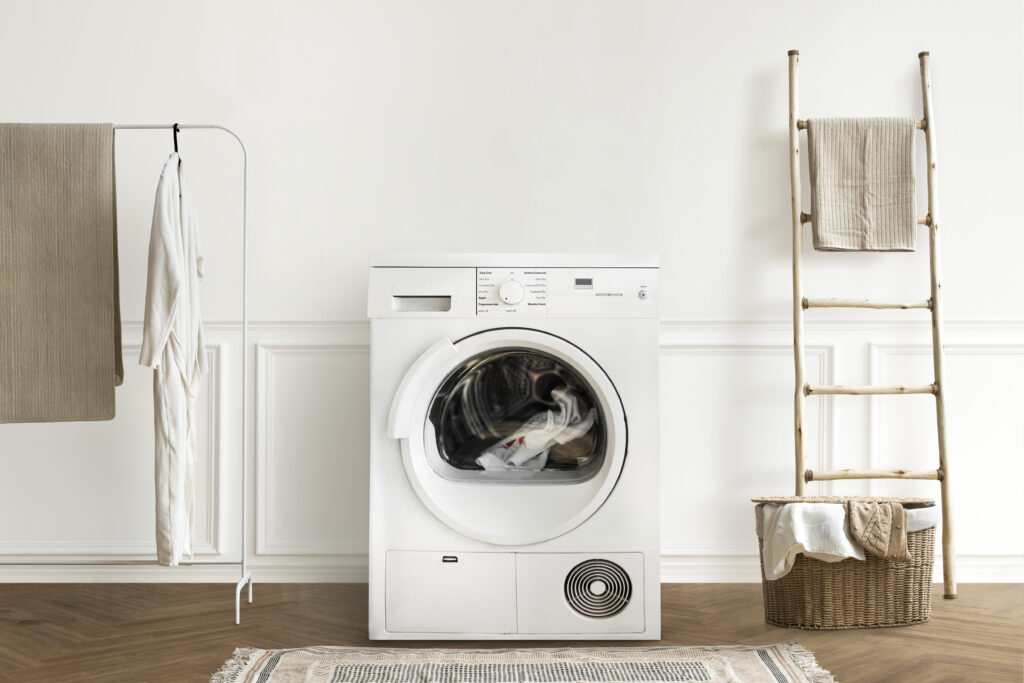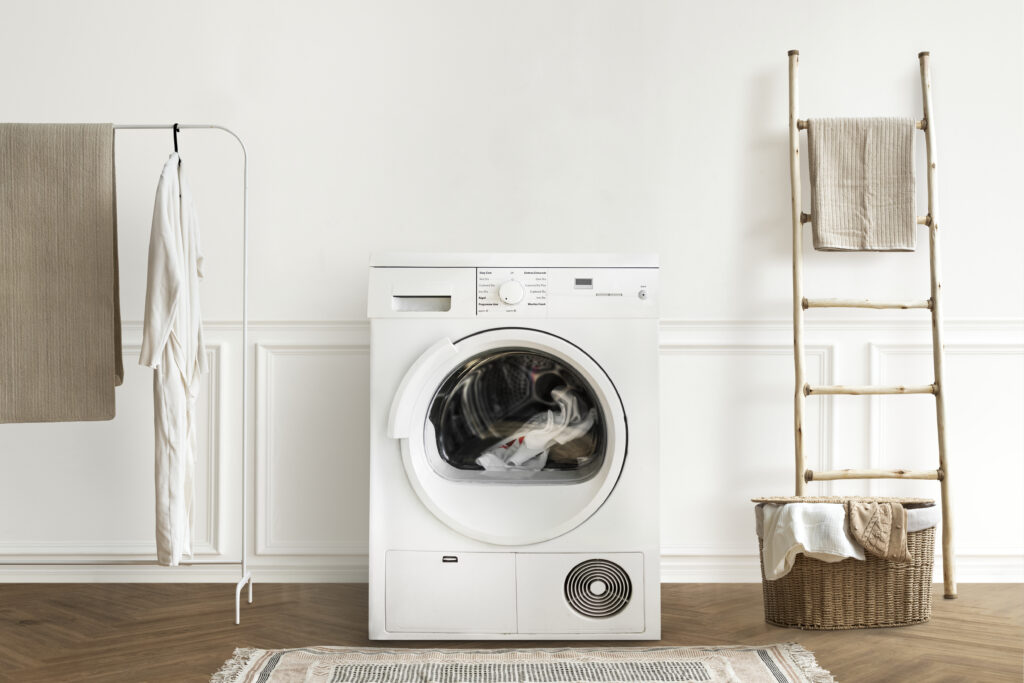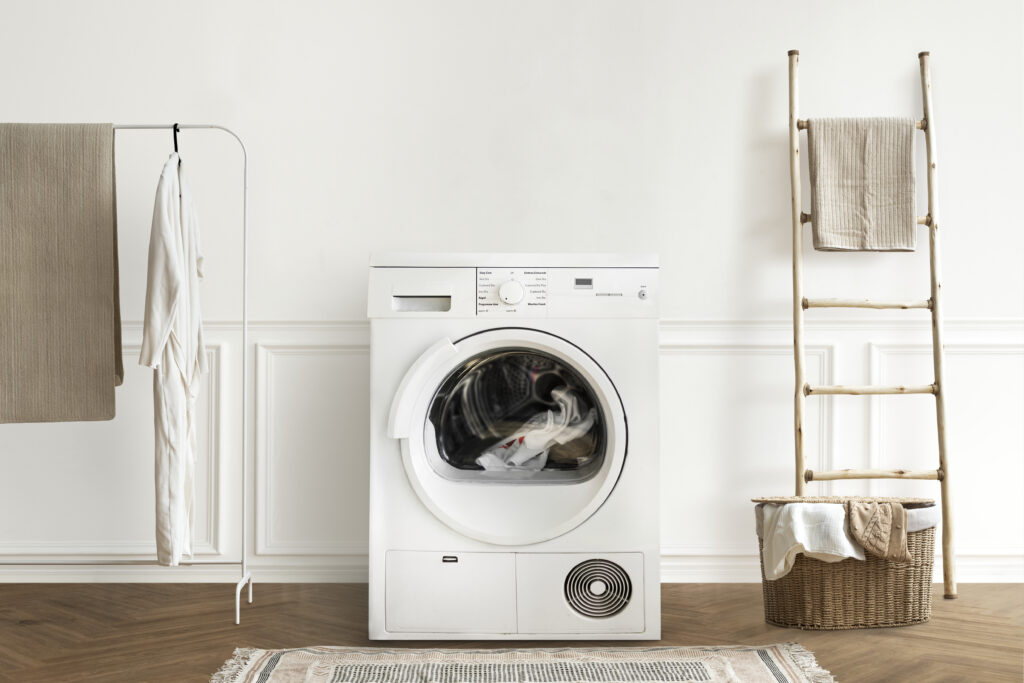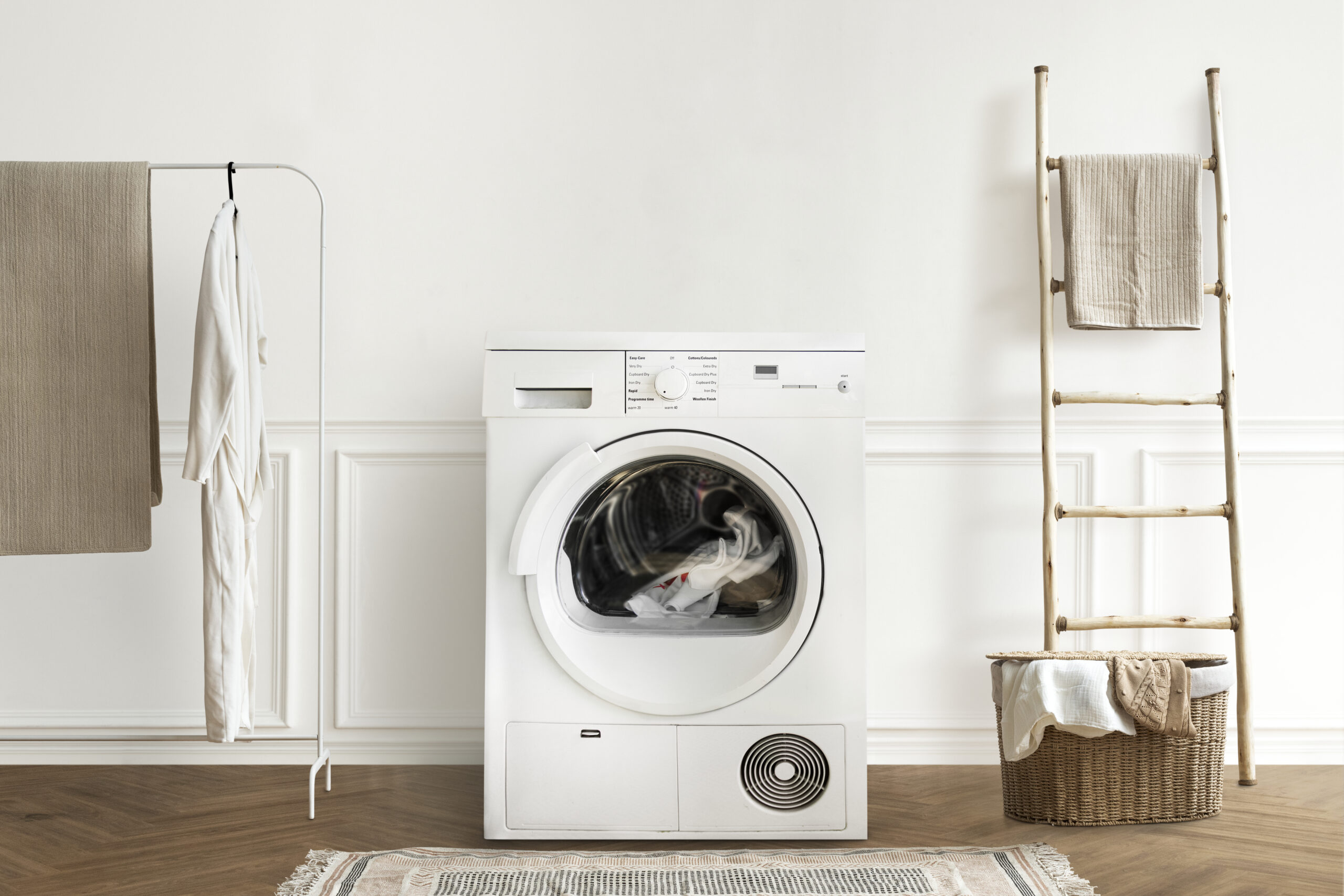In addition to being inconvenient, a washing machine that refuses to drain correctly can ruin your laundry day and, if ignored, result in water damage. Any washer can experience drain issues, regardless of whether it is a front-loading, top-loading, or high-efficiency model. Thankfully, most drain problems may be found and resolved without the assistance of a technician.
We’ll go over the most typical reasons why washing machine drains malfunction, as well as do-it-yourself solutions and advice on how to avoid drainage difficulties in the future. Particularly, American washers are the subject of this piece.

Typical Indications of Drain Issues
Make sure your washer has a drain problem before delving into causes and solutions. Typical signs and symptoms include:
Water left in the drum following a cycle
Error codes that vary based on your brand include “OE,” “ND,” or “E21.”
The drain pump is buzzing, but there is no draining
Odors that are unusual because of standing water
Leaks near the base of the washer
The Main Reasons for Washing Machine Drain Issues
1. Blockage in the Drain Hose
Coins, fabric threads, lint, and other tiny particles can build up in the drain pipe over time. Water cannot drain correctly from a kinked or clogged hose.
2. Blocked or Dirty Drain Pump Filter:
To capture material before it reaches the pump, front-loading washers frequently feature a little trap or filter. Drainage slows down or ceases entirely when this becomes plugged.
3. A malfunctioning drain pump
The machine won’t be able to force water out if the drain pump motor breaks. If the pump is trying but failing, you can hear clicking or buzzing noises.
4. Poor Hose Positioning or Installation
Full draining may be prevented by a siphoning action caused by the drain hose being put too deeply into the standpipe or by an improper air gap.
5. Blockage in the Drainage System
Sometimes the plumbing in your house is the issue rather than your washer. Water backup into your machine can occur via a clogged standpipe, utility sink, or even septic system.
6. Issues with the lid or door lock
In order to start the drain cycle on top-load washers, the lid frequently needs to be closed. A malfunctioning lid switch may prevent the machine from operating.
7. The washer is overloaded.
Overcrowding can cause unsteadiness and hinder adequate drainage. Additionally, too much lint and detergent residue might block filters more quickly.

A Comprehensive Guide to Troubleshooting
1. disconnect the washer.
To ensure safety, unplug the washer from the power source before doing any examination or repairs.
2. Step 2: Examine the Drain Hose for any obvious bends or kinks.
To flush it out, disconnect the washer’s hose and drain line.
To check for obstructions, use a garden hose to run water through it.
Clean the drain pump filter in step three.
Access the filter, which is often located on the lower front panel behind a little door.
Before unscrewing the filter to collect water, place a towel and shallow tray underneath it.
After clearing away any debris and cleaning the filter, firmly screw it back in.
Test the drain pump in step four.
Run a drain cycle if the filter and hose are clear.
Pay attention to the pump’s sound; if it buzzes but there is no water movement, it might be failing.
If you are familiar with electronics, you can use a multimeter to examine the pump’s continuity.
Step 5: Examine the Drain System at Home
Pour water via your laundry standpipe or utility sink. Give a plumber a call if it backs up.
Washer drain problems might be caused by a clogged standpipe or sewage line.
Step 6: Test after restarting
To test your fixes, reconnect every component and do a quick rinse/drain cycle.

When to Make a Professional Call
It could be time to call an appliance professional if you’ve tried everything mentioned above and your washer is still not draining. Here are several indicators that you need expert assistance:
A burning odor or obvious electrical damage
Replacement of the drain pump is necessary (parts and labor)
Intricate error codes that are impossible to fix
Chronic drainage problems in the house
How to Avoid Drain Issues with Washing Machines
Make Use of High-Efficiency Detergent: Excessive suds can cause accumulation that clogs hoses and filters.
Clean Hoses and Filters Frequently: Develop the practice of checking the hose every three months and cleaning the drain filter once a month.
Avoid Overloading the Drum: To maintain free water flow, adhere to the manufacturer’s load size recommendations.
Before washing, shake out your clothes by checking your pockets and taking out anything that can clog the system, such as tissues, coins, or keys.
Run Monthly Cleaning Cycles: To get rid of accumulation, use a vinegar-baking soda cycle or a washing machine cleanser.
USA’s Top Washing Machines with Effective Drain Systems
It could be time to upgrade if you’re having problems all the time. Among the trustworthy models with effective drainage are:
LG Front Loading Washer WM4000HWA
Samsung EcoBubble Washer WF45T6000AW
Top-loading Whirlpool WTW6120HW washer
GE Smart Front Load Washer GFW650SSNWW

Concluding remarks
Washing machine drain problems can be a bother, but most are fixable with a little DIY work. The first step in resolving any problem, from a clogged hose to a malfunctioning drain pump, is identifying the underlying cause. You can prolong the life of your washer and prevent expensive repairs if you maintain and clean it regularly.
Look for models with error code diagnostics, easy-to-clean filters, and intelligent features that can notify you of problems before they get out of hand if you’re in the market for a new washer right now.

Leave a Reply